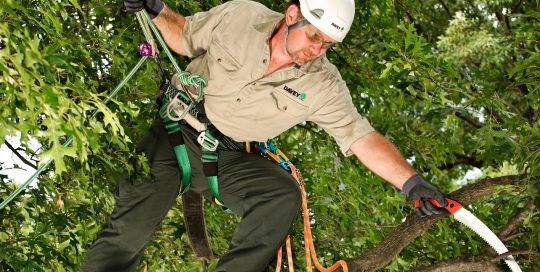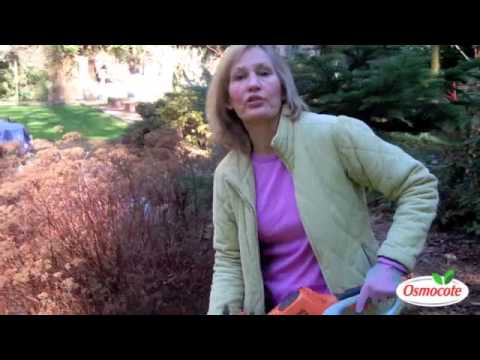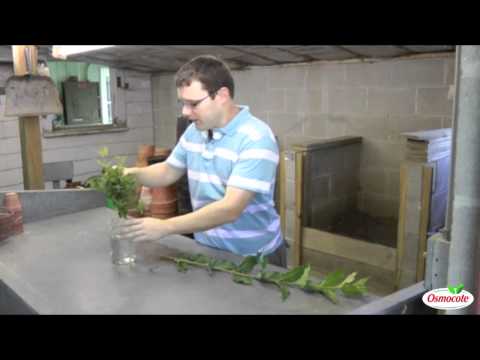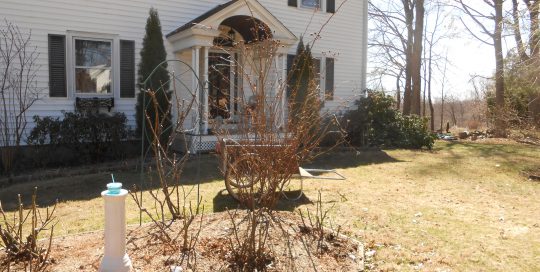How to prune container plant roots
When your shrubs live in containers, it is necessary to keep an eye on their roots. Root pruning is a useful – and often necessary – way to control growth and maintain the health and vigor of container grown plants. Eventually roots in containers will fill all the space available to them. Similar to regular top pruning, you can keep plants healthy by trimming back roots and allowing room for new growth. New growth is very important as young roots are the workhorses of the plant. These absorb necessary water and nutrients to a much greater extent than the older roots. Moreover, the older roots occupy much of the space.
As with most top pruning, roots should be cut back in early spring by turning the pot over and removing the plant, if its size will allow you to do so. Shake off any loose dirt to expose the outer edges of the root system. Trim roots, only slightly, all the way around. Then, return your plant to the pot with some new potting soil. If you have large trees or shrubs in your containers use a hand trowel to work your way into the soil from above. Pull roots up from as near to the bottom of the container as you can manage. Trim with care so as to not inflict any unnecessary damage. Then refill the space in your containers with fresh potting soil. Water plants well after pruning. For outdoor container plants, root pruning can be done as soon as the soil is workable in the spring.
How to prune the visible parts of container plants
After roots have been tidied up for spring, turn your attention to the top of the plant. Some pruning of upper branches will help even things out and make up for the root loss. A good rule of thumb is to start by removing any dead, diseased, or damaged branches first. Next, you can focus on giving plants an appealing shape and keeping the center open to light and air circulation.
When pruning deciduous shrubs (the leaves fall off at maturity), you should ideally encourage a natural style of growth for example. Don’t just lop the tops off of tall plants to make them shorter. Instead maintain a more natural shape. When making cuts, always prune back to either a bud or a branch, taking care not to leave any open ends, known as stubs. Stubs are not only unsightly, but they invite disease and decay. When pruning back to a bud, choose one that is outward facing. This way, the new branch will grow in the direction of the plant’s exterior, rather than toward the center of the plant.
Importance of watering and fertilizing after pruning container plants
After you’ve finished pruning, water plants thoroughly, and continue watering them consistently throughout the growing season. The soil in pots tends to dry out quickly during the hot sunny days of summer, especially for plants sitting on patios and decks. Apply fertilizer in the spring after pruning since shrubs grown in the same containers over the course of several seasons, or even just over one season, will consume the nutrients in the potting soil rather quickly. A good program of pruning and fertilizing will help support vigorous growth and contribute to the longevity of all your container grown shrubs.








